Do you guys have an idea how to approach the problem of finding artefacts/outliers in a blood pressure curve? My goal is to write a program, that finds out the start and end of each artefact. Here are some examples of different artefacts, the green area is the correct blood pressure curve and the red one is the artefact, that needs to be detected:
And this is an example of a whole blood pressure curve:

My first idea was to calculate the mean from the whole curve and many means in short intervals of the curve and then find out where it differs. But the blood pressure varies so much, that I don't think this could work, because it would find too many non existing "artefacts".
Thanks for your input!
EDIT: Here is some data for two example artefacts:



